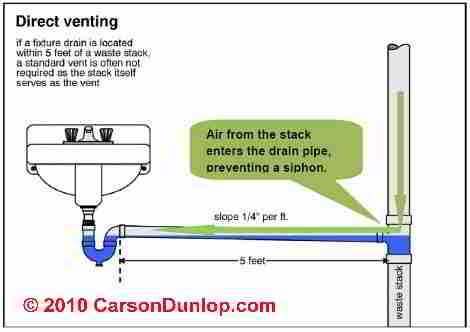First Class Shower Drain Vent

Vents are the allowance of atmospheric pressure in drains to prevent airlock from occurring.
Shower drain vent. If there is already a vent because you have a sink and toilet you could possibly tie into that for drain and vent. Depending on the distance between the drain pipes for the shower and washing machine you may be able to install a single vent at the drain further downstream to serve them both. Every plumbing fixture from a toilet to a shower needs to be connected to ventilation piping.
This requires an air passageway behind the water. This was done by a licensed plumber and passed inspection hopefully it was correct. It was deffinately a learning curve as it was my first time installing drain line but we got it don.
So does every drain need a vent. The plumbing vent also known as a vent stack helps regulate the air pressure in your plumbing system. So lets get on with it.
The plumbing vent pipe is a vertical pipe that attaches to the drain line and runs through the roof of a home. Be sure to double check this to see what the code is in your area. This is best implemented if a fixture rests close to the stack and the top floor of your home allowing the stack to serve as a vent.
Because a standard sink drain exits through the wall behind the sink it sits higher than the tub shower and commode drains making it an optimal spot for a vent. How to Vent A Shower Drain Diagram. A dry vent system only transports air.
While a shower usually requires a 2-inch drain pipe the vent pipe must be either 1 12 inches or 2 inches depending on local requirements. True vents also have no water running through them. If you use a tee fitting the waste water crashes against the side of the pipe and some can go the direction of the vent pipe.













